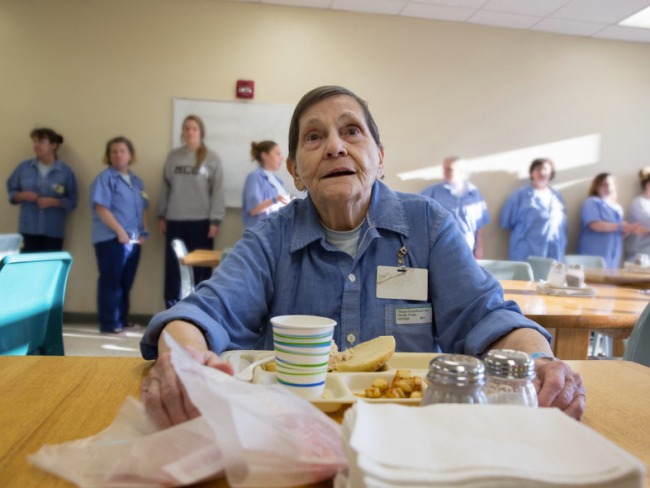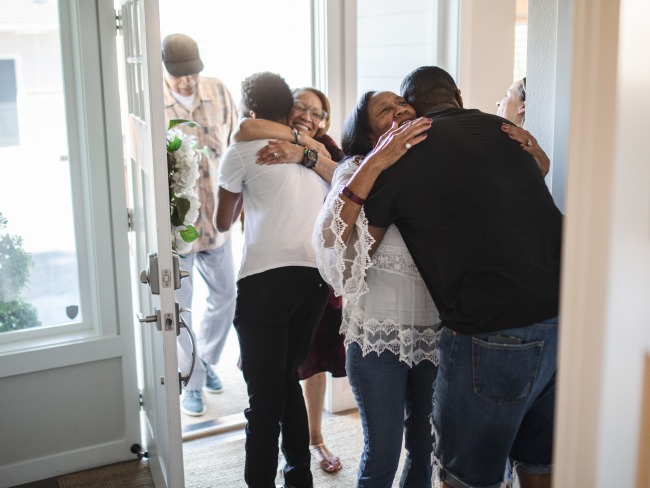

50 Years and a Wake Up
“50 Years and a Wake Up: Ending The Mass Incarceration Crisis In America” raises awareness about the dire state of the U.S. criminal legal system, the devastating impact of incarceration on communities and families, and proposes more effective crime prevention strategies for our country.
Scroll below to watch our latest Public Service Announcement.
Today, almost 2 million individuals – disproportionately Black Americans – are incarcerated in our nation’s prisons and jails. The prison population has grown 500% since 1973, the year America began to sharply increase its prison population.
America’s 50-year experiment with mass incarceration has been a profound moral and policy failure, perpetuating cycles of despair and retribution, tearing apart communities, and destroying countless lives. Billions of taxpayer dollars are poured into this failed system that seems designed to perpetuate itself. It is a profound tragedy that should stir the conscience of our nation.
Watch the video above to hear from formerly incarcerated activists, Kemba Smith and Joél Castón, on why it’s past time for our country to WAKE UP!
Take Action
-

Learn More
Learn moreGet the facts on mass incarceration and explore research and advocacy webinars to promote public safety and racial justice.
-

Share
Click to tweetHelp us spread the word about the urgent need to reform our criminal legal system and end mass incarceration.
-

Donate
Donate nowYour contributions are vital to making a difference to the individuals, families, and communities impacted by mass incarceration.

